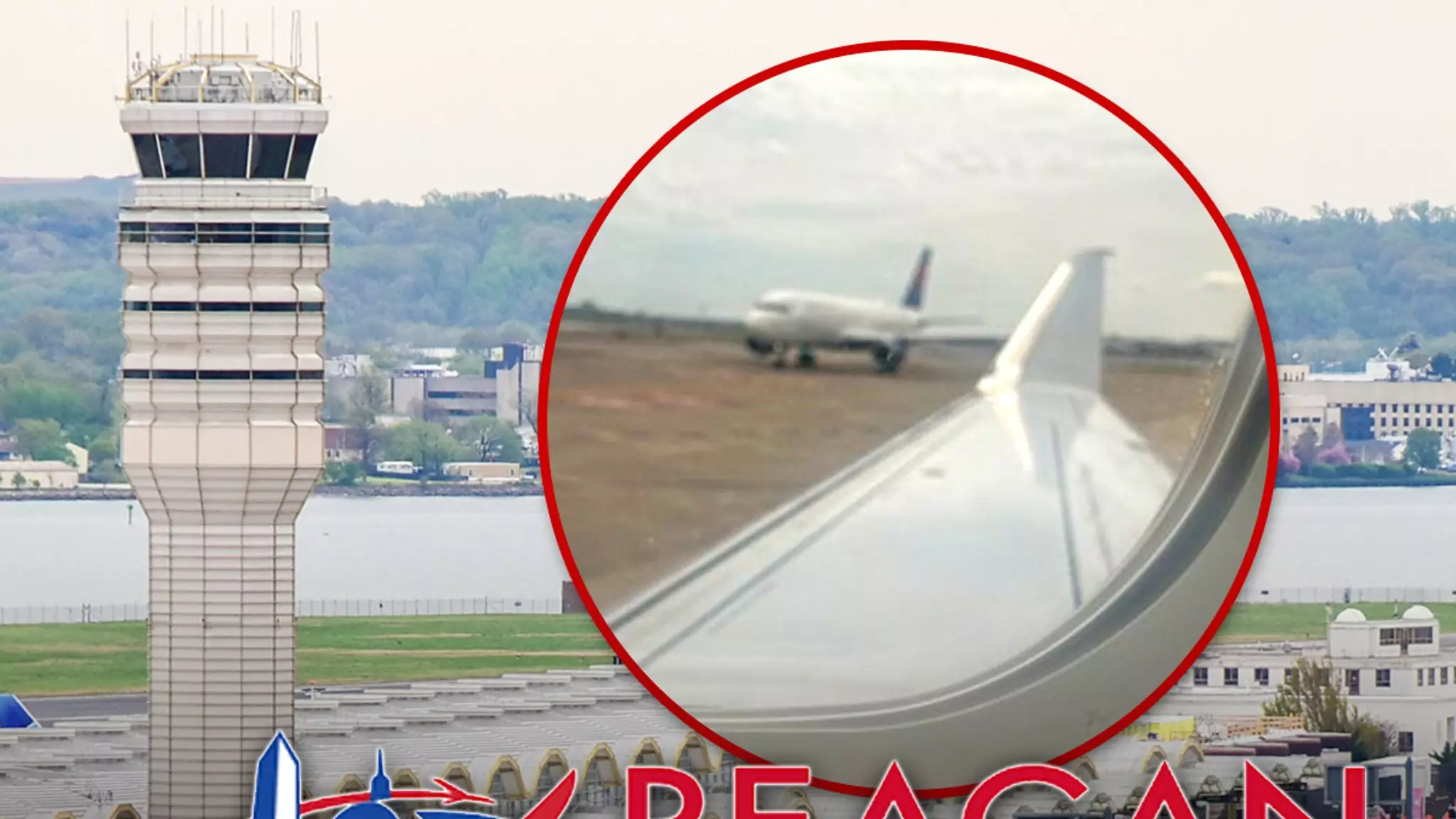The recent incidents at Reagan National Airport are more than mere headlines; they are alarming indicators of an aviation system under strain. Reported events, including a close encounter where a plane with members of Congress had its wings clipped by another commercial aircraft, prompt serious concerns regarding air traffic management and systemic safety protocols. These incidents, including a previous disastrous collision of a Blackhawk helicopter and a passenger jet earlier this year, highlight a troubling pattern at one of our nation’s busiest airports.
The Human Element Amidst Technical Failures
It is particularly noteworthy that the most recent event involved several high-profile figures, such as Representatives Josh Gottheimer and Nick LaLota, who were directly affected. Their firsthand accounts, which include unsettling descriptions of the moment their plane was struck while stationary, shed light on personal experiences that are often lost within the technical jargon of safety reports. The human factor—fear and concern for the safety of oneself and fellow passengers—cannot be overstated. Public officials traveling on these flights underscore that the stakes are personal and profoundly impactful.
Government Accountability and Public Safety
In the wake of these incidents, there’s a vocal demand for accountability—both from the FAA and the government at large. Representatives Gottheimer and Meng express their frustration over budget cuts that they believe have directly contributed to declining safety standards. This blame-casting hints at a deeper crisis: infrastructure and regulatory inadequacies that cannot be solved by simple band-aid solutions. The deteriorating condition of our aviation safety should send alarm bells ringing, and it serves as a stark reminder of the complexities involved in managing air traffic effectively.
The Broader Implications of Airline Safety
The core issues at Reagan National Airport are part of a larger, systemic failure within the U.S. aviation sector that must be addressed. As air travel continues to grow in volume, precautions and regulations must evolve to keep pace. Close calls, like clipping wings or crash landings, are often viewed by the public as rare anomalies; however, they are increasingly becoming frequent occurrences that no longer warrant mere passivity from officials and regulators. The question looms: how many more incidents must happen before substantial measures are instituted?
Immediate Changes Required for Future Safety
The aviation scenario is fraught with complexities, but the solutions are within reach. Realigning funding toward the FAA and prioritizing advanced technology for air traffic control can drastically improve safety outcomes. The urgency cannot be overstated: if the safety of our air travel remains compromised, both public trust and the livelihoods of those employed in the aviation space are at risk. Ensuring that air travel remains one of the safest modes of transportation is not just an operational challenge—it’s a moral imperative that requires immediate attention and action from all stakeholders involved. The safety of air travel must be prioritized above all.

Leave a Reply